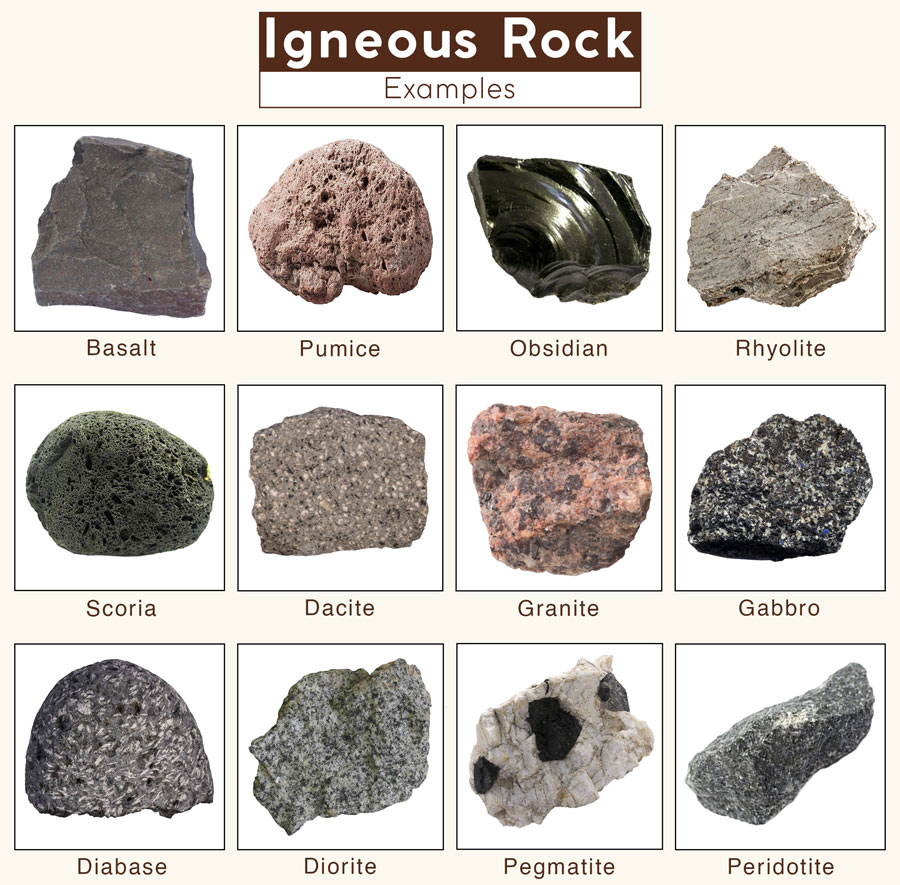Unpacking The Rock Value: Earth's Foundation And Music's Legacy
Have you ever stopped to think about the sheer importance of "rock" in our lives? It's really quite amazing, when you consider it. From the very ground we walk on to the tunes that get our feet tapping, rock holds a place of truly immense value. We're not just talking about one thing here; the idea of "rock" actually spans across different areas, each with its own special kind of worth. So, let's take a closer look at what makes rock so incredibly valuable, whether it's the solid material beneath us or the powerful music that moves us.
Think about it for a moment, and you'll find that the concept of rock is, in some respects, everywhere. It's the silent, strong base of our planet, giving us stability and forming the very crust of the Earth. But then, too, it's also the vibrant, loud heart of a whole genre of music that has shaped culture for decades. How often do we truly appreciate these different facets of "the rock value"? It's a bit like having two completely different, yet equally fascinating, stories to tell.
This article aims to explore these two distinct, yet equally compelling, aspects of rock's contribution. We will look at its fundamental role in geology and then shift our focus to its profound impact on music history, and stuff. You'll see how rock, in all its forms, holds a deep and lasting value that touches our world in many ways.
Table of Contents
- The Deep Value of Earth's Rock
- The Enduring Value of Rock Music
- Frequently Asked Questions About Rock's Value
The Deep Value of Earth's Rock
When we talk about the rock value from a geological point of view, we're essentially discussing the very building blocks of our planet. Rock, or stone, is a hard material made up of one or more minerals, you know. It makes up the outer layer of earth, which we call the crust, and the lower parts of this layer are solid rock, actually. This fundamental presence is, in itself, a pretty big part of its worth.
What Makes Up Rock?
In geology, rock is naturally occurring and it's a coherent aggregate of one or more minerals. These aggregates, or collections of minerals, constitute the basic unit of which the solid earth is composed, as a matter of fact. They typically form recognizable and mappable volumes, meaning scientists can study and map them across vast areas. This basic composition is pretty much where its value begins.
Different Kinds of Rock
The earth's crust shows us that rock isn't just one single thing; there are three major classes of rock, and they are igneous, sedimentary, and metamorphic rock. Each kind tells a different story about our planet's history and processes, you know.
Sedimentary rock, for instance, is formed at or near earth’s surface. It comes about by the accumulation and lithification of sediment, or by the precipitation from solution at normal surface temperatures. These kinds of rocks are the most common ones exposed on earth’s surface, but they are only a minor constituent of the entire crust. It's a bit like seeing only the tip of an iceberg, perhaps.
Then there's metamorphic rock, which is any rock that results from the alteration of preexisting rocks. This alteration happens in response to changing conditions, such as variations in temperature, pressure, and mechanical stress, and sometimes the addition or subtraction of chemical components. The preexisting rocks might be igneous, sedimentary, or even other metamorphic rocks, showing a kind of cycle of transformation. This process of change is, in a way, what gives them their unique value.
Why Rock Matters to Science and More
The physical properties of rocks are of great interest and utility in many fields of work, for example. This includes geology, which studies the earth, and petrophysics, which looks at rock properties. It also matters for geophysics, materials science, geochemistry, and geotechnical engineering. The scale of investigation ranges from the molecular and crystalline up to terrestrial studies of the earth. So, its utility is, quite literally, massive.
Understanding rock is also crucial for understanding natural phenomena, you know. Earthquakes, for instance, occur due to the sudden release of energy in the earth’s crust, primarily caused by tectonic movements. The study of rock helps us to better understand these powerful events. Its fundamental role in these processes shows just how much "the rock value" impacts our very safety and knowledge of the planet.
For anyone wanting to delve deeper into the geological aspects of rock, you can learn more about geological processes on a reputable geology site. This kind of information really helps us grasp the foundational importance of rock.
The Enduring Value of Rock Music
Beyond the solid ground beneath our feet, "the rock value" also takes on a completely different, yet equally powerful, form: rock and roll music. This genre has left an indelible mark on culture and art, and it's something that, honestly, continues to resonate with people across generations. How, then, should rock’s contribution to music history be judged? That's a question with many answers, it seems.
Rock and Roll's Place in History
One way to answer how rock's contribution to music history should be judged is to trace rock’s influences on other musics, you know. It has, quite clearly, shaped and inspired countless other genres and artists. Another way is to attempt a kind of cultural audit, asking what the ratio of rock masterworks to rock dross is, but such approaches come up against challenges, of course. Still, its widespread influence is a clear sign of its lasting value. You can learn more about the history of rock and roll in this article, for example.
Legends of Rock: The 27 Club
The story of rock music, sadly, includes some poignant chapters, too it's almost. The 27 club is a list of musicians and celebrities who died at age 27. Jimi Hendrix, Brian Jones, Janis Joplin, Kurt Cobain, and Amy Winehouse are notable members of the 27 club. Their contributions, though cut short, speak volumes about the intense passion and creativity that define much of rock music, adding a somber, yet powerful, layer to "the rock value."
The Living Legacy: Rock and Roll Hall of Fame
The enduring spirit of rock and roll is something truly special. As the text suggests, rock and roll will never die, not as long as the Rock and Roll Hall of Fame and Museum in Cleveland, Ohio, remains open. The museum celebrates the history and cultural significance of rock music, and it honors the contributions of those who have played an important role in the music’s creation and dissemination. This institution, really, stands as a testament to the lasting "rock value" in our cultural fabric.
Beyond the Mainstream: Unique Sounds
Rock music, as a genre, is surprisingly diverse, offering a wide array of sounds and styles. Roxy Music’s fully textured sound and lush instrumentation, for example, set it apart from mainstream rock. This shows that the value of rock music isn't just in its most popular forms, but also in the way it pushes boundaries and creates unique artistic expressions. It's a very broad church, in some respects.
The list of bands that fall under the umbrella of "rock" is quite extensive, too. It includes rock itself, alternative rock, popular music, heavy metal, grunge, psychedelic rock, punk, and country, among others. This wide range of styles speaks to the genre's adaptability and its continued ability to inspire new sounds, pretty much showcasing its multifaceted "rock value."
The Creators Behind the Music
Behind the music are the creative minds that shape its sound and direction. Brian Eno, for instance, is a British producer, composer, keyboardist, and singer who helped define and reinvent the sound of some of the most popular bands of the 1980s and ’90s. He also created the genre of ambient music. He is perhaps best known for his work with David Bowie, Bryan Ferry, and U2. Such figures are, arguably, central to understanding the true artistic "rock value." You can learn more about Brian Eno's life and career on our site, which is pretty neat.
The principal responsibilities of the people involved in creating and producing rock music are quite varied, ranging from songwriting and performance to sound engineering and production. Their collective efforts are what bring the music to life, giving it its distinctive character and, ultimately, its lasting appeal. It's a complex process, you know, but one that truly highlights the collaborative nature of "the rock value."
The influence of rock music has even spread geographically, with various cities and towns contributing to its development. While the text mentions a list of selected cities, towns, and other populated places in the United States, ordered alphabetically by state, it's fair to say that many places have played a role in shaping the sounds of rock. This widespread presence just goes to show how deeply embedded rock music is in our global culture, and you can find more information about music scenes in different cities on our site.
Frequently Asked Questions About Rock's Value
People often have questions about the different ways "the rock value" shows up in our world. Here are a few common ones:
What are the main types of rock found on Earth?
Basically, there are three main types of rock, you know: igneous, sedimentary, and metamorphic. Each kind forms in a very different way, telling us a lot about the Earth's processes. Sedimentary rock, for example, forms from bits of other rocks or from precipitation, while metamorphic rock is made when existing rocks change under heat and pressure.
How has rock and roll music influenced other genres?
Rock and roll has, quite significantly, influenced many other kinds of music by introducing new sounds, instruments, and ways of performing. It really pushed boundaries and mixed different styles, leading to the creation of alternative rock, heavy metal, punk, and even influencing country music, you know. Its contribution to music history is pretty vast.
Why is the Rock and Roll Hall of Fame important?
The Rock and Roll Hall of Fame and Museum in Cleveland, Ohio, is important because it celebrates the rich history and cultural significance of rock music. It honors the musicians and other people who have played a really important part in creating and spreading this music. It's a place where the legacy of rock and roll is kept alive, and stuff, ensuring that its value is recognized for generations to come.
The value of rock, whether we're talking about the solid material of our planet or the powerful music that has shaped generations, is something truly profound. It's the very foundation of our world, giving structure to the Earth's crust, and it's also the vibrant, ever-changing heartbeat of a music genre that continues to inspire and move people. Understanding "the rock value" means appreciating its dual nature: both as a silent, strong geological force and as a loud, expressive cultural phenomenon. It's a pretty big concept, when you get right down to it.

Free Images : tree, nature, grass, rock, wood, round, stone, monument

Download Dwayne Johnson The Rock Wallpaper | Wallpapers.com

Igneous rocks form out of magma and lava from the interior of the earth